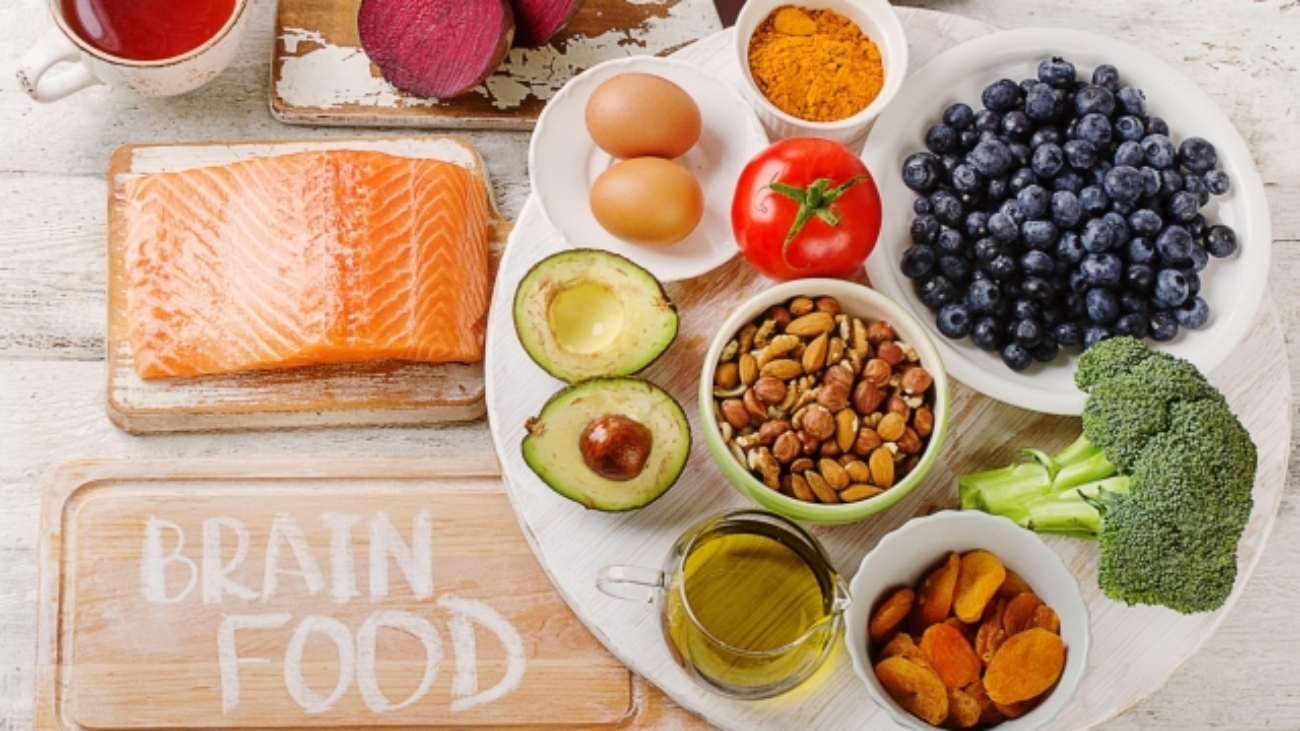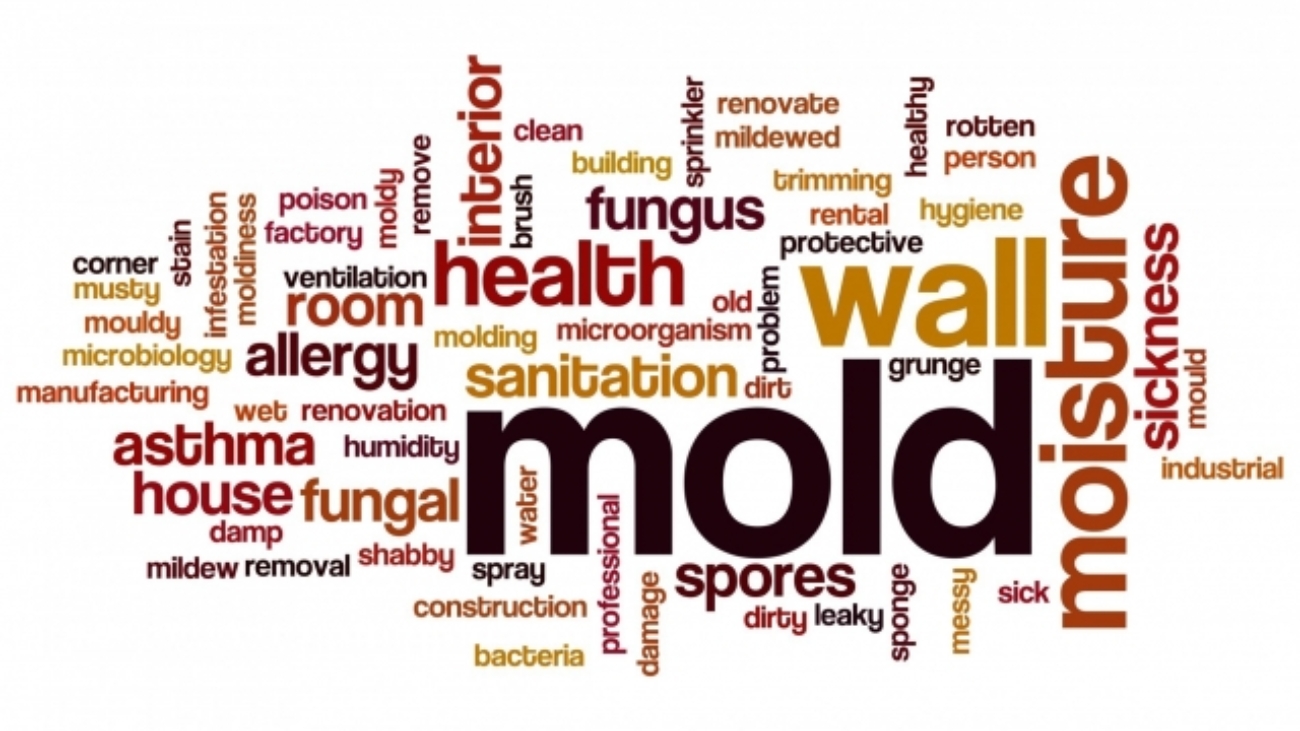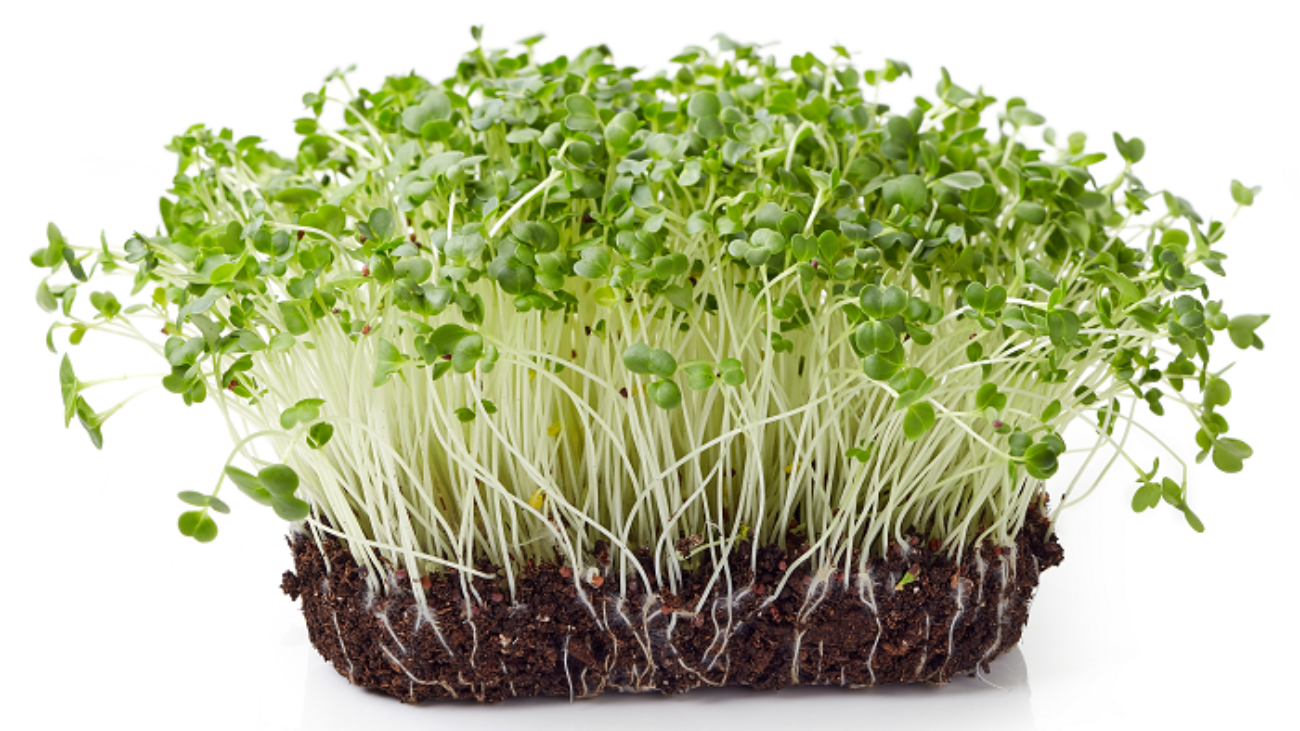By Lindsay Christensen
Nutritionist @ The Pratt Clinics
3/7/2019
A growing body of research indicates that dietary factors profoundly influence our brain function and mental health. In fact, the foods that you eat may ultimately determine your mood, cognitive abilities, and whether you remain sharp into old age or succumb to neurodegenerative diseases. In this two-part blog series, I’ll discuss ten foods you should consume and four foods you should avoid to support optimal brain function throughout your life.
A healthy diet = a healthy brain
The health of the American brain has declined precipitously over the past few decades. Currently, 5 million Americans are afflicted with Alzheimer’s disease, and 1 million have Parkinson’s disease. Another 40 million American adults suffer from anxiety and nearly 20 million struggles with depression. What can we do to stem the tide of this brain health epidemic? While many factors are contributing to this epidemic, including air pollution and chronic stress, accumulating evidence indicates that diet is one of the most influential factors shaping our brain health.
The gut and brain are closely linked by a collection of nerves and signaling molecules referred to as the “gut-brain axis.” I previously mentioned the gut-brain axis in my blogs The Gut Microbiota-Neurobehavior Connection Part 1 and Part 2). In these articles, I discussed how problems that begin in the gut, such as bacterial dysbiosis, can trigger neurobehavioral problems via the gut-brain axis. The foods that we eat also influence our gut-brain axes, and ultimately, our brain health, because they interact with our intestinal tissues and microbiota. A robust body of evidence indicates that a diet of processed, refined foods initiates pathological processes in the gut, including dysbiosis and leaky gut. Dysbiosis and leaky gut, in turn, trigger neuroinflammation and decrease levels of BDNF, a molecule that mediates neuroplasticity and cognitive function. Based on this evidence, it is not surprising that the consumption of processed, refined foods is associated with an increased risk of depression, anxiety, and Alzheimer’s disease!
A healthy diet, on the other hand, creates a healthy brain. In fact, eating a healthy diet is one of the simplest and most profound steps you can take to reduce your risk of neurological and mental health disorders. There are a handful of “brain foods” that are especially beneficial for optimizing neurological and mental health. In this blog, I’ll discuss ten of my favorite foods for building a healthy brain.
10 foods for a healthy brain
Berries
Berries are tasty little nutritional powerhouses that significantly boost brain function. The antioxidants in berries cross the blood-brain barrier and, once in the brain, scavenge free radicals and chelate harmful metals. The reduction of free radicals and toxic metals in the brain attenuates neuroinflammation, an underlying cause of neurodegenerative diseases, depression, and anxiety.
Berries also improve brain health by modifying the gut microbiota. Researchers recently found that anthocyanins, a class of polyphenols in blackberries (and other red, purple, and blue plants), quench neuroinflammation by reducing LPS, a toxic compound produced by gram-negative gut bacteria that harms the brain, and by selectively enhancing the growth of beneficial Lactobacillus, Enterococcus, and Bifidobacterium species, which send anti-inflammatory signals to the brain via the gut-brain axis. Blueberries also have potent effects on the brain – the consumption of blueberries has been found to improve mood and cognitive function in children and adolescents, and boosts memory in older adults. Finally, ellagic acid, a polyphenol in red raspberries, inhibits the accumulation of misfolded amyloid-beta protein in the brain, a hallmark of Alzheimer’s disease, and reduces neuronal death and brain oxidative stress in animal models of neurodegenerative disease.
Leafy greens
Eat your greens! It turns out that a higher intake of leafy greens, such as spinach, chard, and lettuce, is associated with a reduced risk of cognitive decline in old age. In fact, a recent study found that older adults who consumed 1-2 servings of leafy greens per day experienced cognitive function equivalent to someone 11 years younger, compared to those who ate no leafy greens! (18) Nutrients and phytochemicals in leafy greens, such as lutein, vitamin K, folate, and vitamin E, may inhibit cognitive decline by combatting oxidative stress, mitochondrial dysfunction, and neuroinflammation and by optimizing methylation. Aim to eat at least one serving (1 cup) of raw leafy greens, such as spinach, kale, collards, and lettuce, per day to support your brain health.
Cacao and dark chocolate
Now, this is a brain health intervention I can get behind – eating cacao and dark chocolate enhances brain function and may prevent cognitive decline in aging! (19) One fascinating study found that eating 48 grams of 70% cacao dark chocolate (approximately ¾ of a standard chocolate bar) increased gamma waves in the brain; gamma waves are associated with enhanced cognitive processing, neuroplasticity, learning, and memory. (20) In addition to strengthening normal cognitive functioning, cocoa flavanols may also counteract cognitive decline and sustain cognitive function in patients with dementia. Cocoa flavonoids promote healthy brain function by exerting antioxidant effects, increasing BDNF, and improving blood flow to the brain.
Generally, experts agree that eating around 30-60 g (1-2 oz) of dark chocolate per day is best for brain health. I recommend seeking out organic chocolate that has a high cacao content (70% or higher) and lower sugar content since excessive sugar intake is harmful to the brain.
Olive oil
Olive oil has been lauded for its many health benefits, including its association with reduced risks of heart disease and diabetes. However, it turns out that olive oil is also beneficial for the brain! In an animal study, dietary supplementation with extra virgin olive oil alleviated behavioral deficits and reduced the accumulation of amyloid-beta peptide and phosphorylated tau protein, misfolded proteins implicated in Alzheimer’s disease. In addition to inhibiting neurodegeneration, olive oil also boosts learning and memory and has anti-anxiety effects. (25, 26) Dr. Pratt and I do not recommend cooking with olive oil because high heat can denature the fatty acids in the oil, negating its health benefits. Instead, cook with coconut oil, avocado oil, ghee, and butter, and save olive oil for topping dishes after cooking.
Eggs
Now that it’s well-established that eggs don’t contribute to heart disease (there has historically been much debate on this topic due to misinformation about the relationship between cholesterol, found in animal foods such as eggs, and heart disease) consider adding whole eggs to your diet to support your brain health! Eggs are rich in choline, a vitamin-like nutrient that has many crucial functions in the body, including brain structure and memory. In fact, the consumption of eggs by infants improves biomarkers of brain development!
Walnuts
It’s no coincidence that walnuts look like little brains! Walnuts are superfoods that support brain function in several ways, including improving memory, boosting cognitive function, and reducing the risk and slowing the progression of Alzheimer’s disease. Just 13 grams (approximately one handful) of walnuts per day is all you need to experience the cognitive benefits of this bona fide brain food. Try sprinkling chopped walnuts on top of a salad or roasted root vegetables.
Omega-3 fatty acids
There are two groups of fatty acids that are essential for humans – omega-6 and omega-3 fatty acids. The term “essential” means our bodies cannot make these fatty acids, so we must include them in our diets. Omega-6 fatty acids are abundant in the standard American diet, primarily in the form of vegetable oils and meat and dairy products from grain-fed animals. Omega-3 fatty acids, on the other hand, are found primarily in seafood, walnuts, hemp seeds, flaxseeds, and chia seeds, and are essential for healthy brain function. A high intake of omega-6 at the expense of omega-3 creates an elevated omega-6/omega-3 ratio in the body, a phenomenon that is an established risk factor for dementia, cognitive decline, depression, and anxiety.
There are three types of omega-3s involved in human physiology, including brain function: Alpha-linolenic acid (ALA), eicosapentaenoic acid (EPA), and docosahexaenoic acid (DHA). DHA and EPA are abundant in the cell membranes of neurons, and facilitate healthy communication between brain cells. These two omega-3s are also essential for infant brain development, learning and behavior in children, cognitive function in people of all ages, and healthy brain aging in adults.
The richest food source of DHA and EPA is seafood. In fact, the consumption of seafood and fish oil by pregnant women is associated with higher scores for their children on brain function and intelligence tests in early childhood. High seafood consumption is also associated with a reduced risk of depression and healthy brain aging. However, this doesn’t mean you should go out and eat a bunch of cheap sushi or farm-raised fish; unfortunately, farmed seafood is high in man-made toxins and heavy metals, making it a less than healthy option for your body and brain. If you choose to eat seafood, I recommend selecting only wild-caught seafood such as wild Alaskan salmon, Atlantic mackerel, and sardines. You can refer to the Environmental Working Group’s Consumer Guide to Safe Seafood to learn which types of seafood are best to eat, and which you should avoid.
If wild-caught seafood is outside your budget, consider supplementing with a high-quality fish oil and eating plenty of the omega-3 ALA because ALA can be converted into EPA and DHA in the body. The best sources of ALA are plant foods such as hemp seeds, chia seeds, freshly ground flax seed (always be sure to store your flaxseed in the fridge to prevent oxidation of its delicate fats), and walnuts.
Grass-fed beef
Grass-fed beef may strike you as an odd food to include on a list of “brain foods.” However, this unsuspecting item is a nutritional powerhouse that contains a plethora of brain-supporting vitamins, minerals, and fatty acids. Grass-fed beef contains twice as much omega-3 fatty acids (predominantly in the form of ALA, a precursor to DHA and EPA) as grain-fed beef. These omega-3 fats are used to create the membranes of brain cells. It also contains highly bioavailable heme iron, a form of iron found only in animal foods. Iron deficiency impairs early life brain development and attention span, intelligence, behavior, and emotional regulation in children and adults. (34, 35) Grass-fed beef also contains the spectrum of B vitamins and zinc, which are needed for normal brain function. One fascinating study found that beef consumption improved growth, cognitive, and behavioral outcomes in children, suggesting that high-quality beef deserves a place in your repertoire of brain-boosting foods! (36)
Tea and coffee
Good news for coffee and tea lovers – your favorite beverage may reduce your risk of cognitive decline later in life! Coffee consumption has been found to reduce the risk of dementia while tea consumption lowers the risk of Alzheimer’s disease and general cognitive decline. To the degree you can, choose organic coffee; conventionally-grown coffee beans are one of the most highly pesticide-sprayed crops, and pesticide residues don’t do your brain any favors.
Spices and herbs
Last but not least, the spices and herbs you use to add excitement to your food also deliver brain-boosting properties! Apigenin, a flavonoid found in parsley and thyme, promotes neuron growth and strengthens connections between brain cells. Cinnamon (my personal favorite) boosts the ability of the brain to utilize glucose, thus helping to combat brain insulin resistance, an important mechanism that contributes to neurodegenerative disease.
Stay tuned for Part 2 of this blog series, in which I’ll discuss four types of foods you should avoid to optimize your brain health.If you have any questions, please feel free to reach out to me here at The Pratt Clinics.











